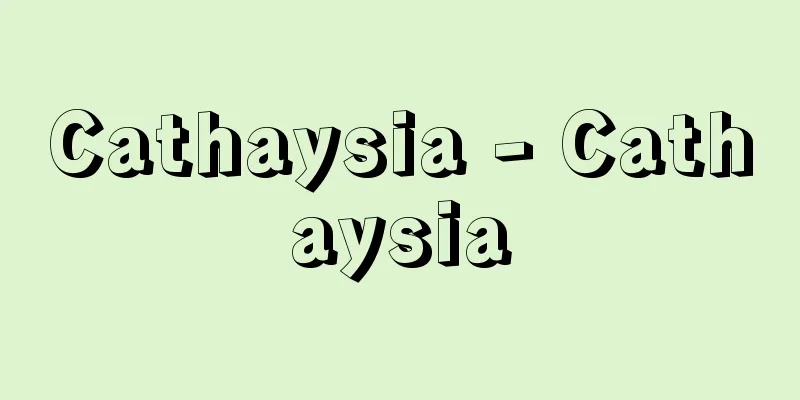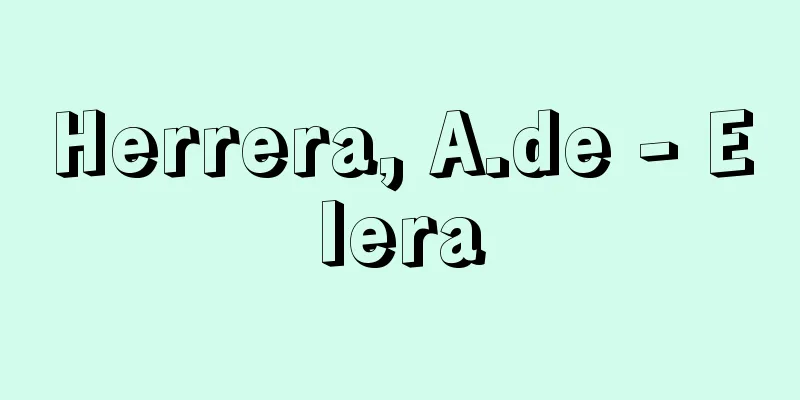Classical Latin (English spelling) Classical Latin

|
...However, since C sharing both k and g was inconvenient in Latin, later G[g] was created by adding I to C to distinguish it from C[k]. *Some of the terminology explanations that mention "Classical Latin" are listed below. Source | Heibonsha World Encyclopedia 2nd Edition | Information |
|
…しかし,Cがkとgの共用では,ラテン語としては不便だから,後にC[k]と区別してCにIを加えてG[g]がつくられたのである。 ※「Classical Latin」について言及している用語解説の一部を掲載しています。 出典|株式会社平凡社世界大百科事典 第2版について | 情報 |
<<: Classical Sanskrit (English spelling) Classical Sanskrit
Recommend
Oasis Road - Oasis Road (English spelling) oasis-route
A trade route linking the oases of Central Asia. A...
Izumi-ryu
A school of kyogen. The head family, the Yamawaki...
Taro Tojirin
Singer. Born in Akita Prefecture. After graduatin...
Herring
...A migratory fish of the polar zone (illustrati...
Taimin Tachibana - Taimin Tachibana
A small tree of the Ardisiaceae family found in mo...
Snail (cochlea) - Snail
Also known as Dendenmushi (breathworm) or Maimai (...
Wang Shao (English spelling)
[Born] Tensei 8 (1030) [Died] Gentoyo 4 (1081) A f...
Callipus cycle
A cycle of 27,759 days. This cycle was invented by...
Ionization chamber - denribako
A device that measures the intensity, dose, and e...
Shinnosuke Endo
…Yoichi Goto emphasized that the Taiko Land Surve...
nautical mile
Also written as 'nautical mile'. A unit of...
Ceratovacuna nekoashi
A Hemiptera insect of the Aphididae family. A type...
Family: Umitanagoka
...A marine fish of the family Acanthariidae (ill...
Pestle Dance - Kinefuriodori
…There is a habitat for the Japanese laurel tree ...
The Institute of Chartered Accountants in the UK
...Accountants also organized accounting associat...









